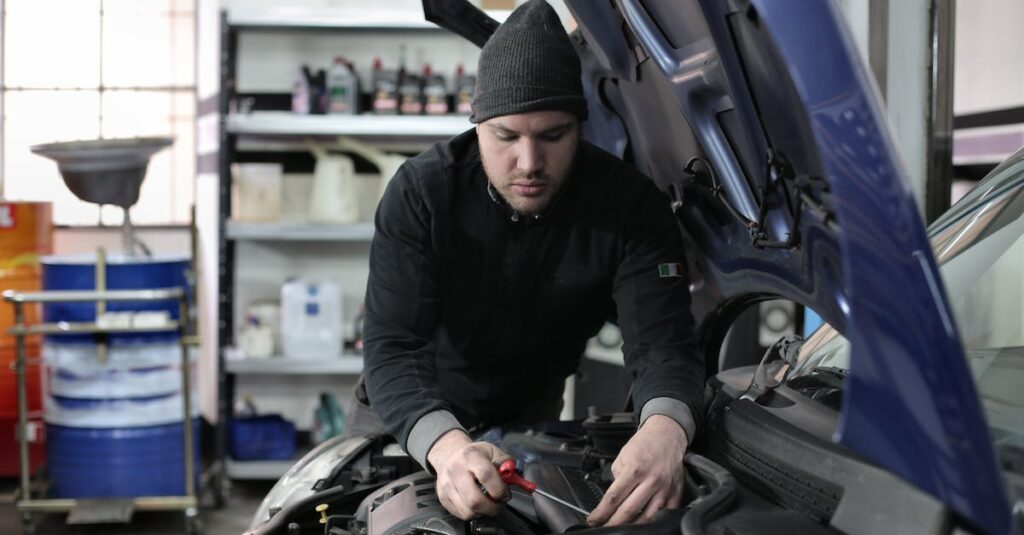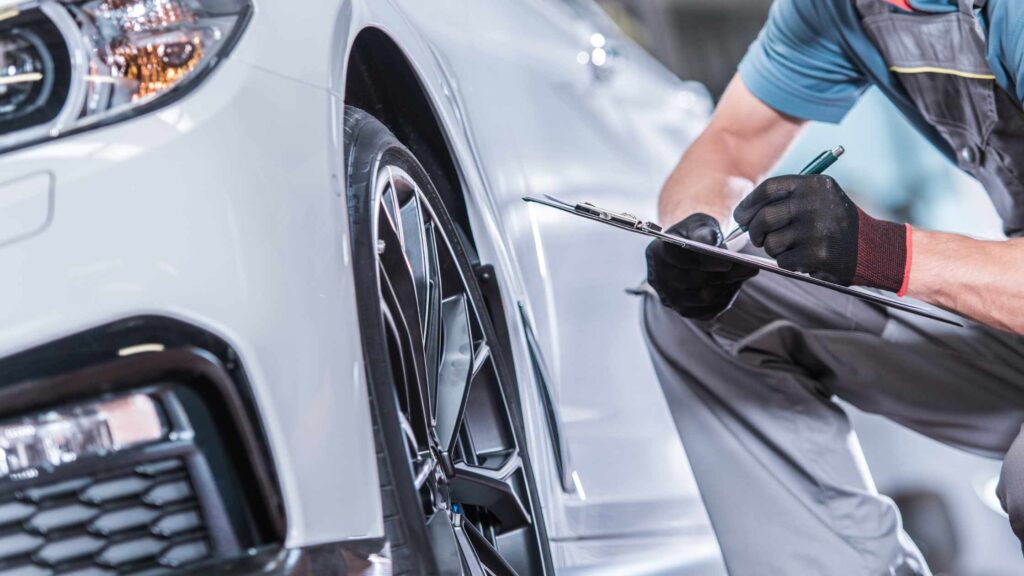The Importance of Transmission Maintenance
Your car’s transmission is a vital component that ensures the smooth operation of your vehicle. It plays a crucial role in transmitting power from the engine to the wheels, allowing you to shift gears and accelerate. To keep your transmission in optimal condition, regular maintenance is essential. In this article, we will explore the significance of fluid changes and other maintenance practices to care for your car’s transmission.
Understanding Transmission Fluid
Transmission fluid acts as a lubricant and coolant for your car’s transmission system. Over time, this fluid can become contaminated with metal shavings, dirt, and other debris. As a result, it loses its ability to lubricate the transmission components effectively. This can lead to increased friction, heat, and wear within the transmission, potentially causing severe damage.
Fluid Change Intervals
Fluid change intervals vary depending on the make and model of your vehicle. It is important to consult your car’s owner’s manual or seek advice from a qualified mechanic to determine the appropriate interval for your specific vehicle. In general, it is recommended to change the transmission fluid every 30,000 to 60,000 miles or as advised by your vehicle manufacturer.
Signs that Your Transmission Fluid Needs Changing
While following the recommended fluid change interval is crucial, it is also important to be aware of signs that indicate your transmission fluid may need changing before the scheduled interval. Some common signs include:
- Discolored fluid: If the fluid appears dark or smells burnt, it may be an indication that it is time for a change.
- Leaking fluid: If you notice red fluid underneath your car, it is a sign of a transmission fluid leak and should be addressed promptly.
- Slipping gears: If you experience difficulty shifting gears or notice a delay in gear engagement, it might be due to inadequate fluid levels or degraded fluid.
- Rough shifting: A rough or jerky shift can be an indication of low fluid levels or contaminated fluid in the transmission.
If you notice any of these warning signs, it is crucial to have your transmission fluid checked and changed if necessary to prevent further damage.
The Transmission Flush Debate
When it comes to changing transmission fluid, you may come across the term “transmission flush.” A transmission flush involves using a machine to force out the old fluid while simultaneously adding new fluid. Some mechanics argue that this method can dislodge debris and cause it to circulate within the transmission, potentially leading to damage.
On the other hand, proponents of transmission flushes believe that it is an effective way to remove all the old fluid, contaminants, and sludge from the system, promoting better transmission performance. It is important to note that not all vehicles require a transmission flush, and it is best to consult your vehicle’s manufacturer guidelines or a trusted mechanic to determine the appropriate method for your car.
Other Transmission Maintenance Practices
In addition to regular fluid changes, here are a few other transmission maintenance practices to keep in mind:
Check Transmission Levels
Regularly check your transmission fluid levels using the dipstick provided in your vehicle. Ensure that the fluid is within the recommended range. If the levels are low, top up the fluid using the appropriate type recommended by your car’s manufacturer.
Avoid Overheating
Excessive heat can severely damage your car’s transmission. To prevent overheating, ensure that your vehicle’s cooling system is in good condition, and the radiator is free from debris. Additionally, avoid towing heavy loads beyond your vehicle’s capacity and consider installing an auxiliary transmission cooler for added protection.
Drive Responsibly
Aggressive driving and abrupt gear changes can put unnecessary stress on your transmission. Practice smooth acceleration, and allow your vehicle to come to a complete stop before shifting into Park or Reverse. This will help minimize wear and tear on the transmission components.
Summary
Caring for your car’s transmission through regular maintenance and fluid changes is crucial for its longevity and performance. By understanding the importance of transmission maintenance and keeping an eye out for warning signs, you can prevent costly repairs and ensure smooth operation of your vehicle. Remember to consult your vehicle’s owner’s manual or a trusted mechanic for specific maintenance guidelines and intervals.







